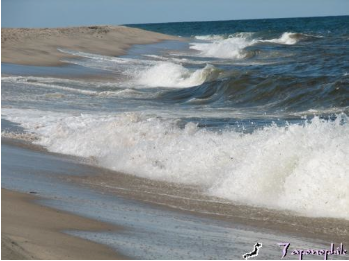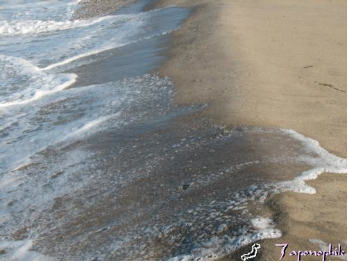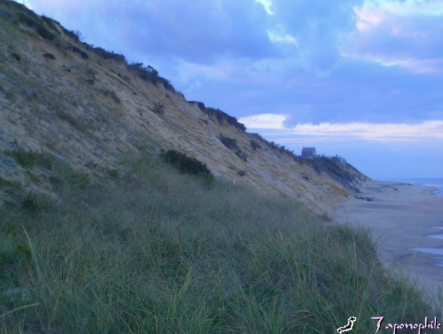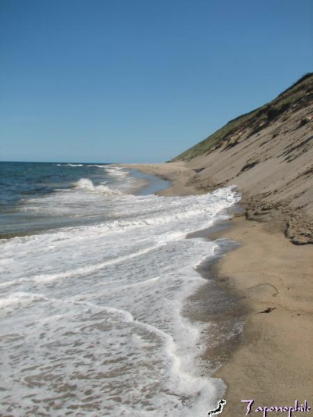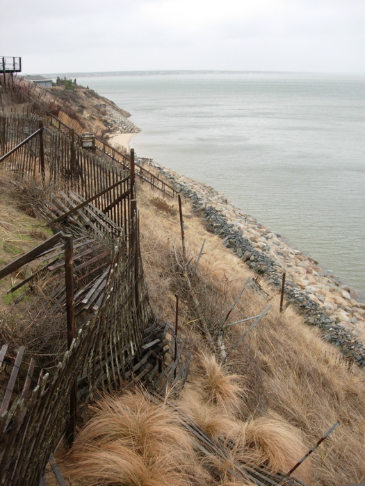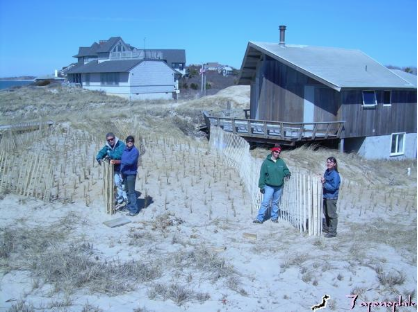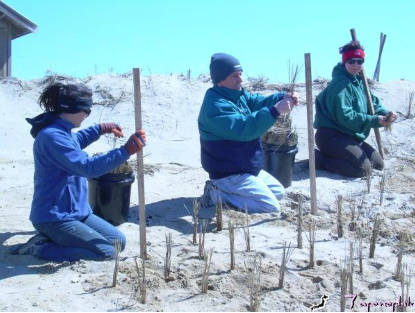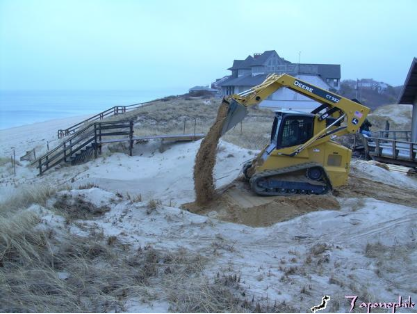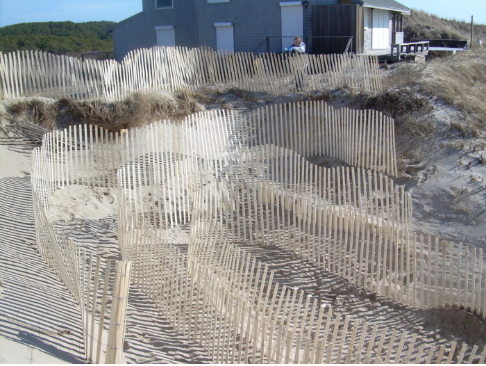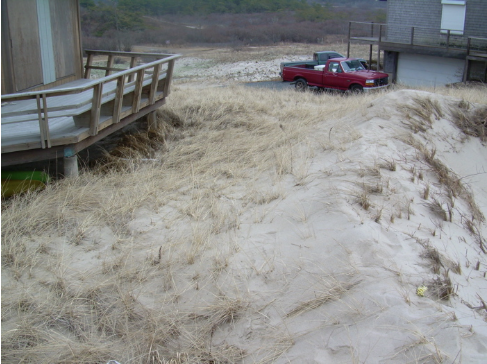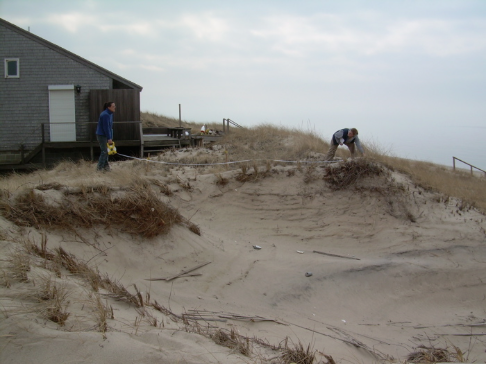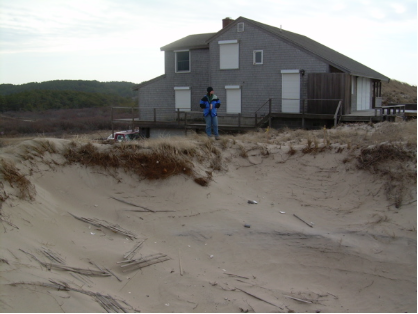Cape Cod’s water resources, specifically its estuaries and drinking water supply, are at risk to impacts of excess nutrients found in waste water and fertilizers. Effects of excess nitrogen can include human health risks from consumption and causing eutrophication in coastal embayments. It is widely understood that a majority of the additional nitrogen is generated from wastewater, but more recently the use of fertilizers was recognized another controllable source. According to Buzzards Bay Coalition, fertilizer contribution can make up 5-15% of the excess nitrogen in certain impaired watersheds on Cape Cod.[i] Due to this, the use of fertilizers and the regulation of that usage have become contentious topics around the Cape Cod community. State and local officials, industry representatives, environmental organizations, and the private property owners have all joined in on the discussion to voice their opinions and concerns about fertilizer regulations.
In an effort to spearhead water resource protection efforts, the Town of Falmouth has taken further action at reducing nitrogen loading by passing a local bylaw regulating the use of fertilizer. On November 13th, 2012, a fertilizer bylaw was passed at Falmouth Town Meeting. The purpose of the bylaw as stated in Article 7 of the November 2012 Town Meeting Warrant is to “… to conserve resources and protect our environment by regulating the outdoor application of nitrogen in order to reduce the overall amount of excess nitrogen entering the town’s Resource Areas as defined in the Wetlands Protection Bylaw (Chapter 235; Section 2) and regulations.” The bylaw prohibits application of nitrogen-containing fertilizer between October 16th and April 14th of ever year, and would ban applications during heavy rain events or within 100 feet of water resources. There are several exemptions that include application of nitrogen for agriculture and horticulture uses; application of fertilizer to golf courses, except any application within water resource areas; application to gardens; and application for the establishment of new vegetation in the first growing season or repairing of turf.[ii]
The development of the Falmouth fertilizer bylaw began with the Falmouth Water Quality Management Committee (WQMC), established in 2011 by the Falmouth Board of Selectmen. You can find more information about the committee here: http://www.falmouthmass.us/waterq/web%20site/index.html
The WQMC consists of eight members with backgrounds in the areas of environmental science, water management, public health, natural resource management, and community planning and leadership. In the beginning stages of the bylaw development, the WMQC Technical Staff reviewed several reports and recommendations from other fertilizer studies conducted on Cape Cod. The group met with the Director of the Barnstable County Cooperative Extension for guidance and researched the Falmouth Friendly Lawns model released by the Preserve Falmouth’s Bays and Ponds community campaign.
The Water Quality Management Committee held several meetings to discuss specifics of the bylaw including how to regulate for maximum benefit of removal of nitrogen from going into estuaries. It was important for the group to gain public support and develop a bylaw that would be manageable and consistent for all parties involved. The WMQC met with all stakeholders including golf course managers, landscapers, Falmouth Association Concerned with Estuaries and Saltponds (FACES), and municipal leaders to discuss concerns for the bylaw and how it would impact each party. These discussions led to the exemptions and specific performance standards detailed in the bylaw. After working on several drafts, the WQMC voted on the final bylaw and brought it to the Falmouth Board of Selectmen who unanimously endorsed for Town Meeting vote. After the 2012 Falmouth Town Meeting, the bylaw was sent to the Massachusetts Attorney General’s Office for approval. In May 2013, the MA Attorney General rejected the Falmouth bylaw stating that it “conflicts with a MA state law giving the MA Department of Agricultural Resources the authority to regulate fertilizer use.” [iii] Falmouth could still maintain its fertilizer bylaw if the House and Senate budget passes, as an exemption for the bylaw was included in the language.
There are other initiatives for reducing excess nitrogen by fertilizer use on Cape Cod. In September 2013, the Barnstable County Assembly of Delegates designated a Cape-wide Fertilizer Management District of Critical Planning Concern (DCPC) under the Cape Cod Commission Act.
You can find additional information about the DCPC here: http://www.capecodcommission.org/index.php?id=140&maincatid=131 Also, the Town of Orleans Board of Selectmen adopted a town policy to reduce fertilizer use on Town-owned land.
Thank You to OCEAN Researcher Katherine Garofoli







